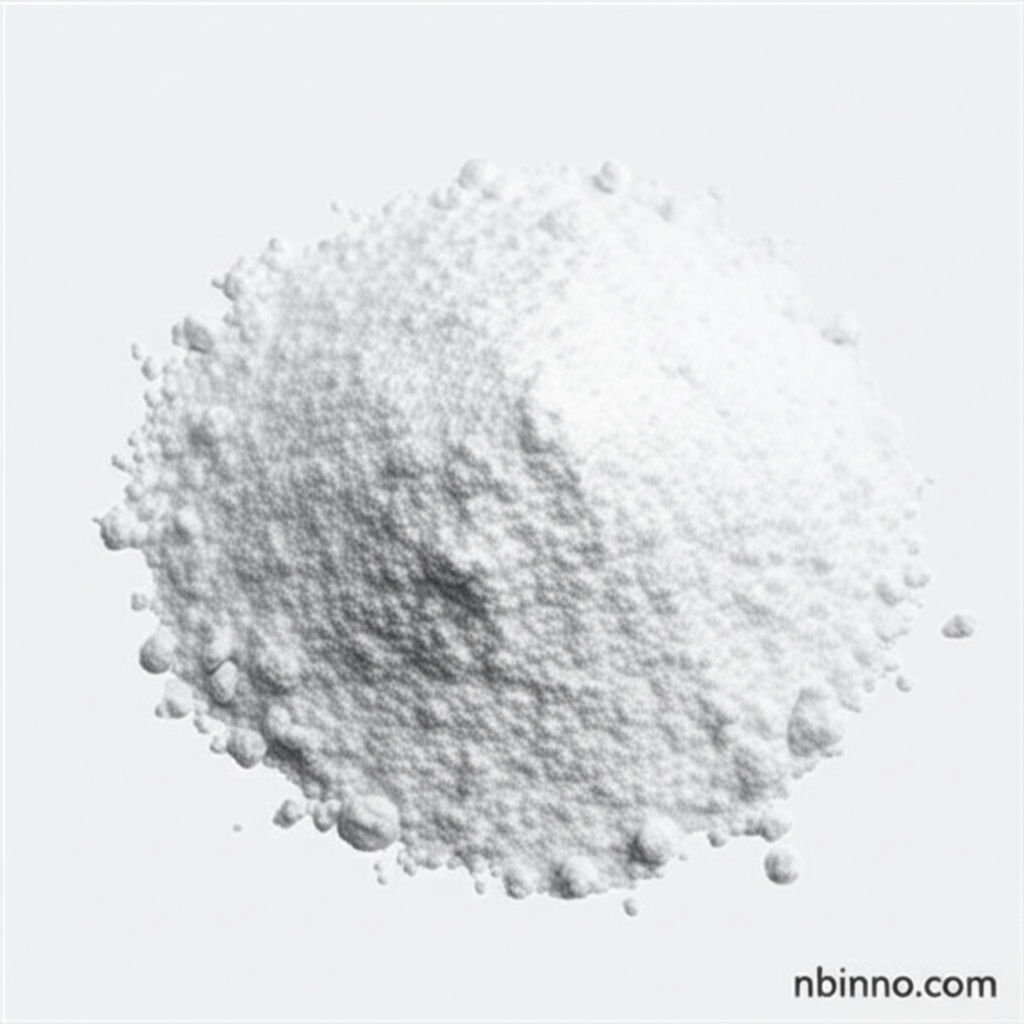Lead(II) Carbonate Basic: Properties and Applications
Discover the industrial significance and versatile applications of Lead(II) Carbonate Basic (CAS 1319-46-6).
Get a Quote & SampleProduct Core Value

Lead(II) Carbonate Basic
Lead(II) Carbonate Basic, identified by CAS number 1319-46-6, is a crucial chemical compound valued for its exceptional pigmentary qualities and diverse industrial uses. Its high opacity and inherent stability make it a preferred choice in demanding applications.
- Explore the diverse lead carbonate basic applications in industrial sectors, from paints to advanced materials.
- Understand the critical lead carbonate basic properties that contribute to its effectiveness as a pigment and chemical intermediate.
- Learn about the lead carbonate basic safety guidelines essential for handling this compound in manufacturing environments.
- Discover why sourcing high-quality lead carbonate basic chemical industry grade materials is vital for consistent product performance.
Key Advantages
Superior Pigmentation
As a key component in white lead pigment uses, it provides unparalleled opacity and a smooth finish, historically valued in decorative and protective coatings.
Industrial Versatility
Its use extends to ceramics and glass manufacturing, where it enhances clarity, brilliance, and durability, showcasing its broad utility in material science.
Enhanced Durability
The compound's excellent weather resistance and rust resistance contribute to longer-lasting protective coatings, making it suitable for outdoor and industrial applications.
Key Applications
Paints and Coatings
Leveraging its excellent opacity and weather fastness, it serves as a high-quality white pigment in paints, coatings, and inks, ensuring vibrant and durable finishes.
Ceramics and Glass
Its inclusion in the production of ceramics and glass improves thermal stability and mechanical strength, vital for high-performance applications.
Battery Production
In the electrochemical industry, it plays a role in the manufacturing of lead-acid batteries, contributing to their efficiency and operational lifespan.
Chemical Synthesis
As a fundamental chemical intermediate, it is used in various laboratory syntheses, acting as a precursor for other lead compounds and in materials science research.
